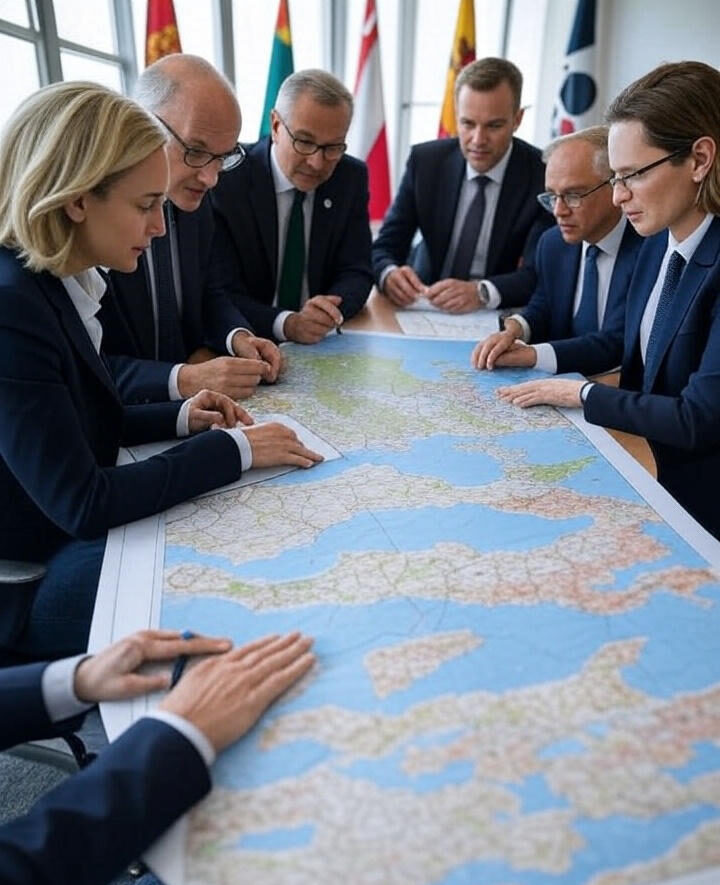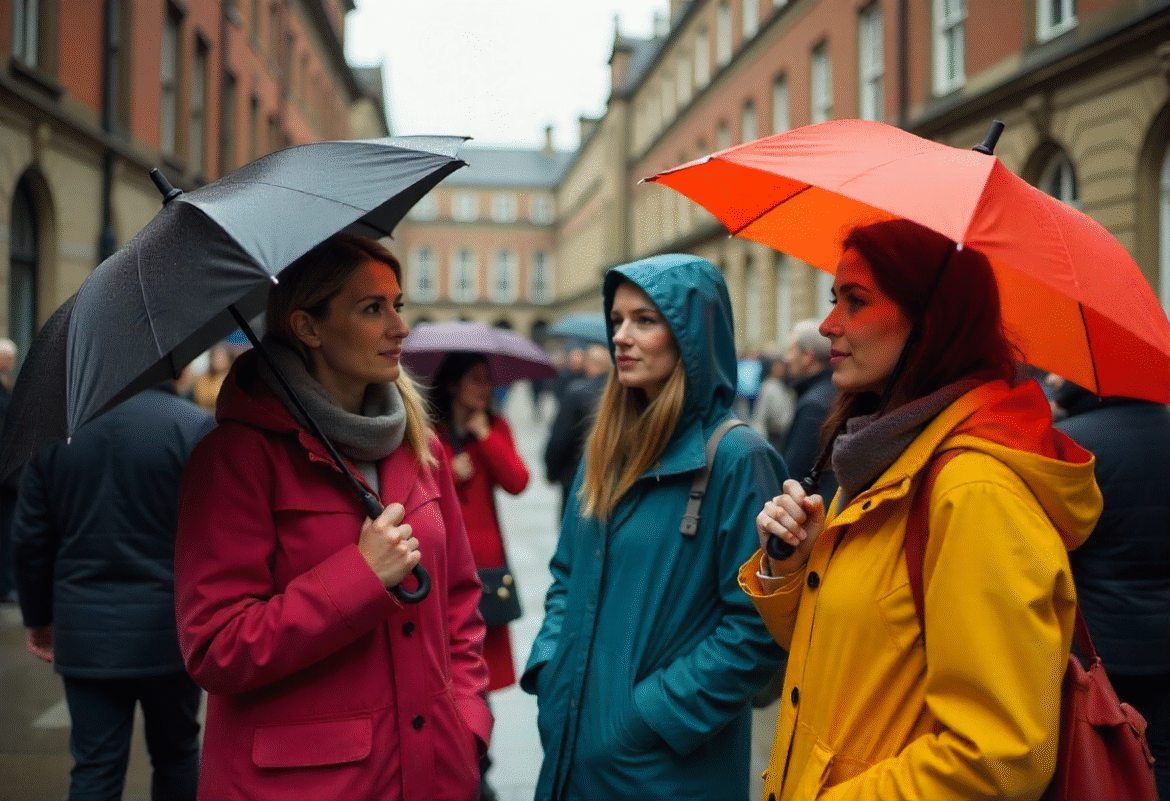Several traditionally donor oriented countries Spain, Ireland, Italy, and South Korea are increasing their international aid budgets while reorienting their development strategies toward more equitable, partnership driven models, departing from conventional donor‑centric approaches.
A Bold Turn in Aid Strategy
According to a recent Vox analysis, Spain is expanding its aid budget and aims to reach the UN endorsed 0.7% of GNI threshold by 2030 despite currently operating at around 0.25% of GDP. Similarly, Ireland, Italy, and South Korea have each pledged substantial upticks in development assistance, even as major donors like the UK, Germany, and the U.S. scale back funding. These nations aim to move beyond paternalistic aid models toward more collaborative, inclusive partnerships aligned with the expectations of Global South partners who now demand influence in funding decisions(Globedge).
From Economic Crisis to Global Solidarity
Spain stands out as a rare European nation bucking the trend of aid cuts. It has increased its overseas aid by 12%, introduced a 2023 Cooperation Law, and hosted the UN Development Financing Summit in Seville signaling leadership in multilateralism and solidarity. Its own history with economic hardship has shaped public empathy toward development and inclusive aid practices (The Guardian).
Scaling Up with Coherent, People Centered Aid
Ireland has steadily increased its Official Development Assistance (ODA):
- In 2025, its Irish Aid budget rose by €35 million to €810 million, while total ODA exceeded €2 billion across departments (gov.ie).
- In 2023, Ireland allocated €1.23 billion, a 17% increase year-on-year; a 33.5% rise in ODA was also announced for the World Bank’s IDA fund (€141.4 million total) (oireachtas.ie).
- Ireland has also embraced a policy framework A Better World that emphasizes sustainable development, human rights, climate finance, gender equality, and partnerships with civil society rather than donor-led projects (oireachtas.ie).
Leveraging Its Development Experience
South Korea’s development agenda has shifted toward equity and shared knowledge:
Joining the New Aid Vanguard
Italy has also committed to boosting its development footprint. While detailed figures were less prominent in recent reports, both Spain and Italy were noted among the group of countries pledging higher aid contributions in 2025. Like its European peers, Italy is gradually aligning with a more reciprocal and inclusive model of aid (Vox).

What’s Different in the New Aid Approach?
| Traditional Aid Model | Emerging Partnership Model |
|---|---|
| Donor driven priorities and conditionality | South style collaboration and mutual input |
| Tied aid favoring donor country suppliers | Untied, open procurement and local partner choice |
| Low involvement of civil society in recipients | Funding channeled to grassroots organizations and governments |
| Hierarchical narrative (“we know best”) | Emphasis on local ownership, equitable governance |
| Tends to reinforce inequalities | Designed to strengthen local systems and justice |
Why It Matters
- Filling the Aid Gap: With major Western donors retracting, these countries help cushion a projected global shortfall of over $56 billion in development finance (Reuters).
- Moral and Strategic Credibility: Spain invokes its own recovery from crisis; Ireland ranks among the most principled donors and is seen as a trusted partner within multilateral forums like the OECD DAC (reddit.com, oireachtas.ie).
- Solidarity over Soft Power: Rather than traditional geopolitical leverage, these nations brand aid as shared global responsibility, advancing Sustainable Development Goals, climate justice, and human rights.
- Supporting Civil Society and Local Ownership: Ireland’s emphasis on NGOs and performance-based funding, along with KOICA’s technical cooperation model, reflect a shift toward inclusive, context specific development support.
Outlook & Challenges
Despite these commitments:
- None of these nations yet fully reach the 0.7% ODA/GNI mark but their trajectories suggest they may by 2030 if momentum holds.
- Domestic politics remain volatile: Spain faces growing far-right opposition; Ireland and Italy must guard against donor backlash amid economic constraints.
- Sustaining partnerships requires deep institutional trust and genuine shared decision making far more complex than writing larger cheques.
Summary
Spain, Ireland, Italy, and South Korea are not merely increasing aid budgets; they are redefining the nature of aid. By prioritizing collaborative partnerships, local agency, and South South solidarity, they are challenging a centuries old donor hierarchy. As the global environment becomes more volatile and interconnected, their model offers a hopeful template aid that listens, adapts, and empowers.

